By Erwin Busselot, Business Innovations & Solutions Director, Ricoh Graphic Communications, Ricoh Europe
The printing industry is suffering from a lack of skilled employees.

By Erwin Busselot, Business Innovations & Solutions Director, Ricoh Graphic Communications, Ricoh Europe
The printing industry is suffering from a lack of skilled employees.
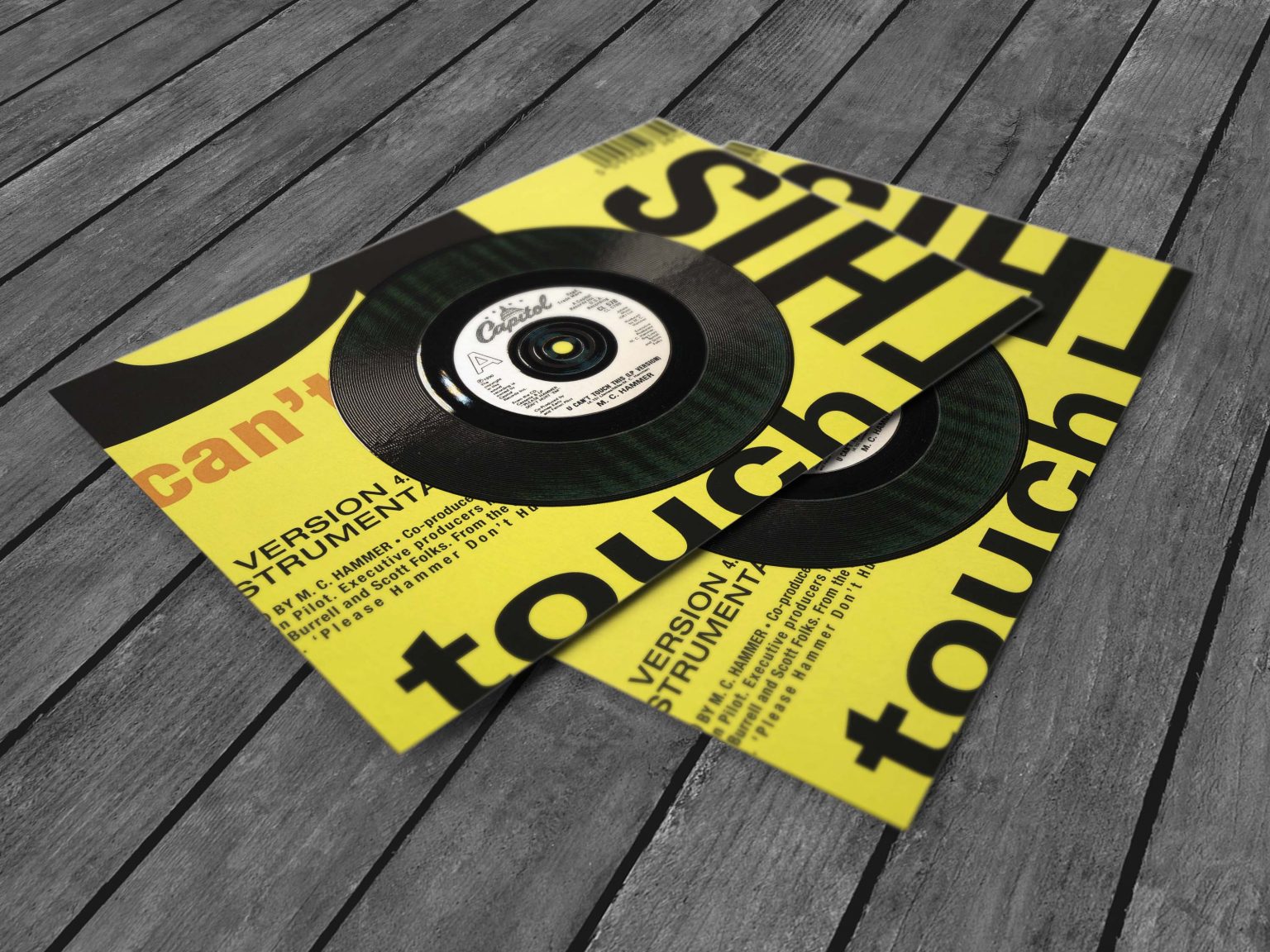
By Erwin Busselot, Director, Business Innovation & Solutions, Ricoh Graphic Communications, Ricoh Europe
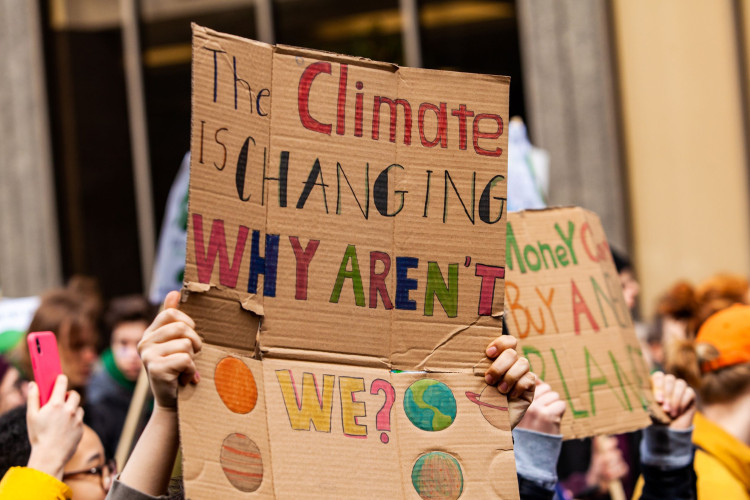
A complete switch from laser to inkjet printing can reduce energy-related emissions from printing by more than half (52.6 per cent) of current levels by 2025, saving around 1.3 million tonnes of carbon dioxide per year, according to a recent study by Dr Tim Forman, Cambridge University, commissioned by Epson. The project shows that the conscious choice of technology has an impact on the environmental balance and makes an important contribution to the net-zero scenario of the International Energy Agency, IEA.

By Sander Sondaal, Director Commercial Print Sales, Ricoh Graphic Communications, Ricoh Europe
Predictions for printed books continue to signal a buoyant future.

By Sander Sondaal, Director, Commercial Print Sales, Graphic Communications Group Ricoh Europe
A bright spotlight was shone on the versatility of digital print by the Coronavirus pandemic. Creative production in many sectors was boosted, and these are continuing to grow.
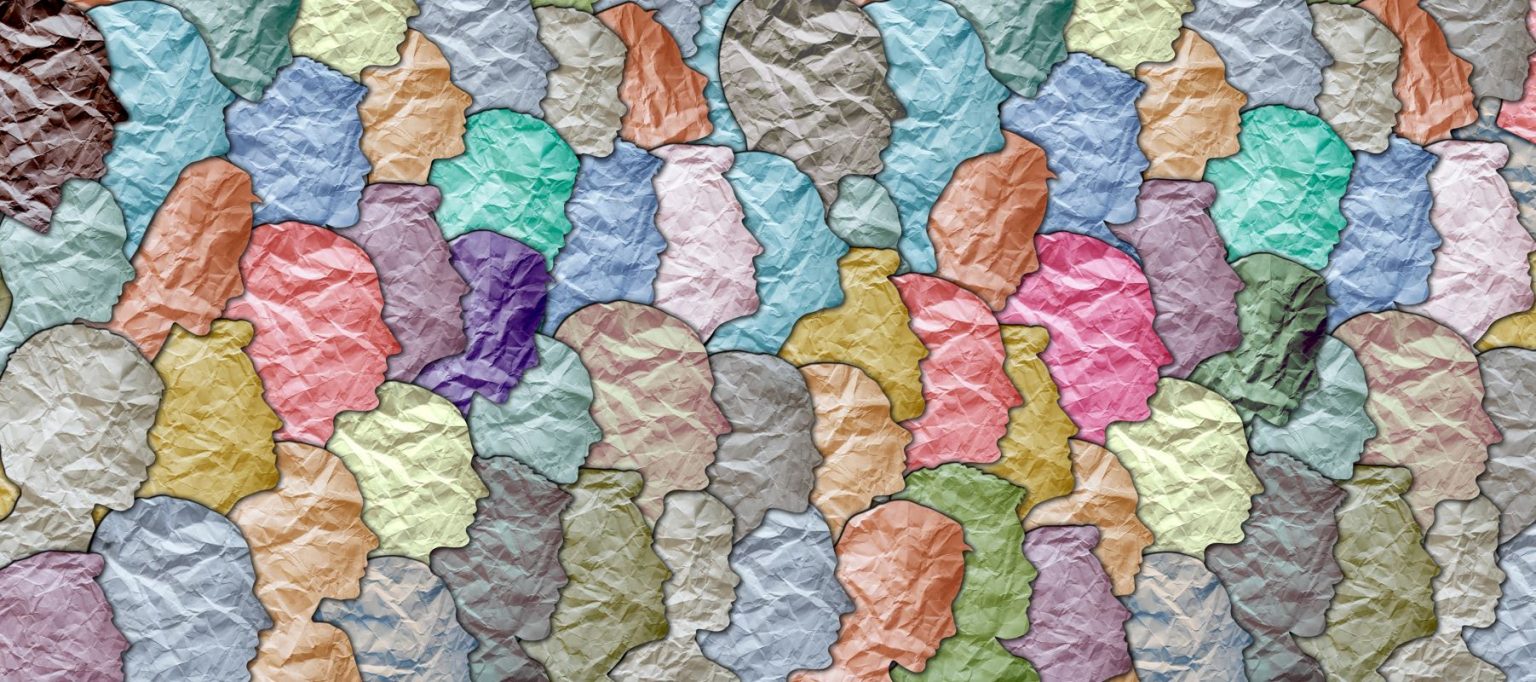
By John Blyth, Marketing & Communications Manager, Graphic Communications Group Ricoh Europe
How many facets does print have? Well, there’s its proven ability to communicate, its long history of innovation, its ability to build brand equity, and to integrate into omnichannel campaigns. But one of the facets that is gaining traction is how it is playing a significant role in helping publishers, brands, and organisations promote a wider social purpose.

By Wesley Belmans
For decades, printers and marketers have used embellishments for high-end brands and products. Designers and embellishing printeries enhanced the look and feel of items by incorporating complex designs and techniques to make them ooze quality. Luxury. Exclusivity. But today, this type of high-end embellishment is no longer limited to high-end brands. Instead, digital technology makes embellishments possible for regular labels and packaging in various markets. Exclusivity at an affordable price – who would say no to that? Embellishment through digital printing offers a lot of opportunities. Heed the warning on the box, though.

By Erwin Busselot, Business Innovation & Solutions Director,Graphic Communications Group Ricoh Europe
While the pandemic and worldwide lockdowns negatively impacted many printed application volumes, sales of physical books remained strong and even increased across Europe in 2021.
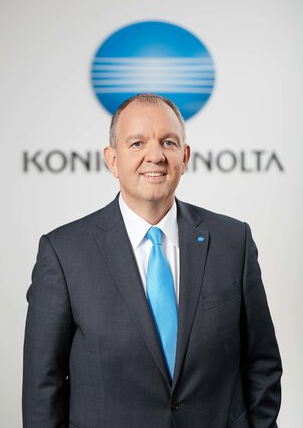
Konica Minolta and Keypoint Intelligence’s Digital Transformation Survey unveils challenges of digital transformation and how outsourcing can be a digitalisation enabler
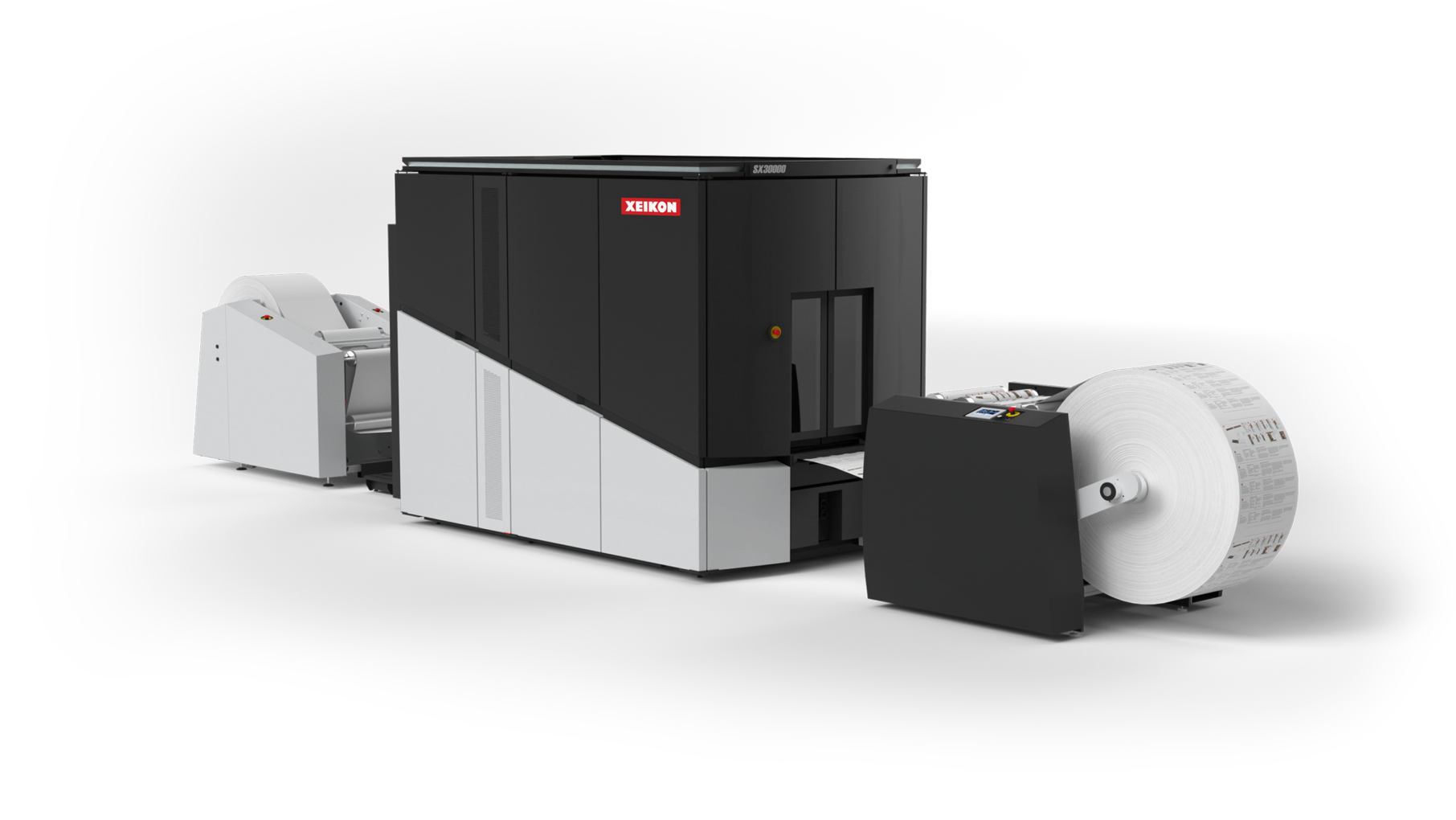
By Dimitri Van Gaever
While often overlooked (and sometimes not even recognized) as a literary genre, coffee table books have been around for more than a century. Even in today’s screen-obsessed world, consumers find themselves mesmerized by the allure of the coffee table book.

By Erwin Busselot, Business Innovations & Solutions Director, Graphic Communications Group Ricoh Europe
Early last year my colleague John Blyth discussed what it takes to create a lasting trend. He shared Swiss Re Institute’s report on how habits can form between 18 and 254 days, with the average being 66 days.